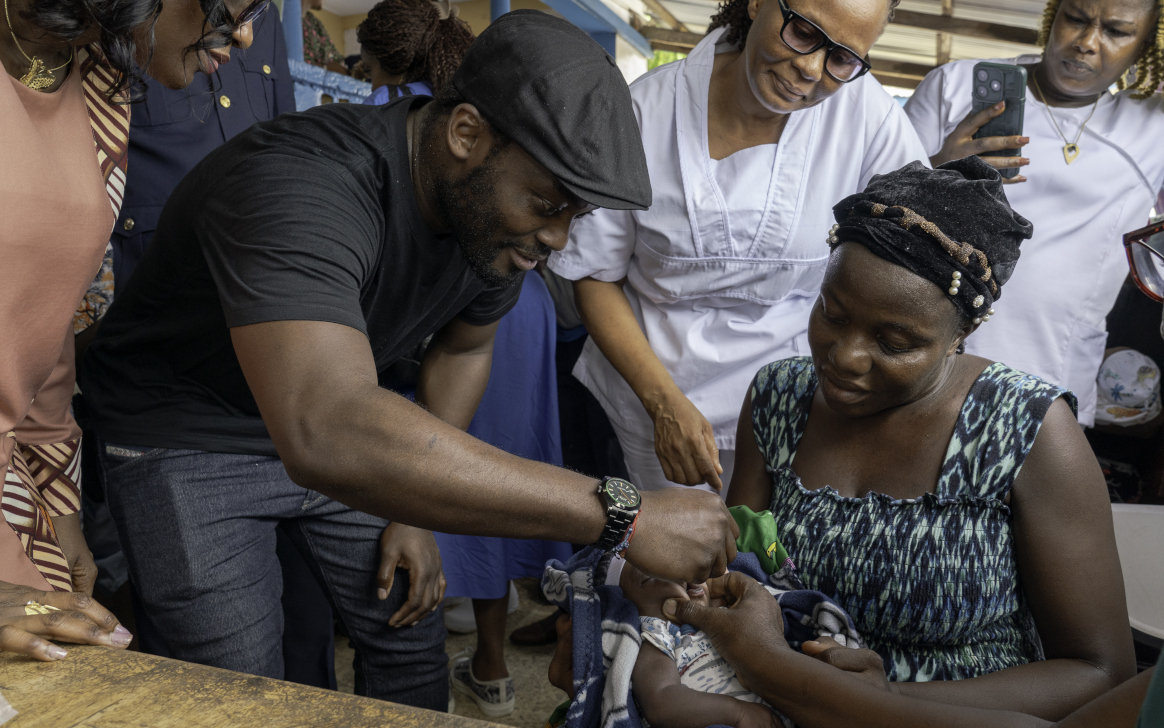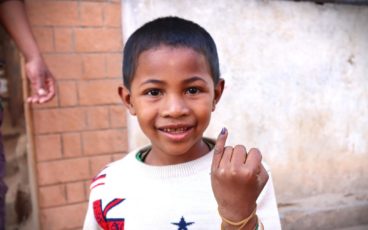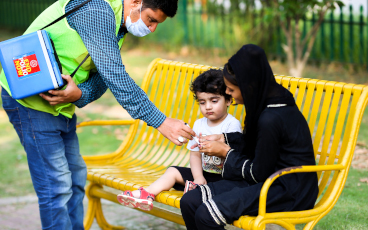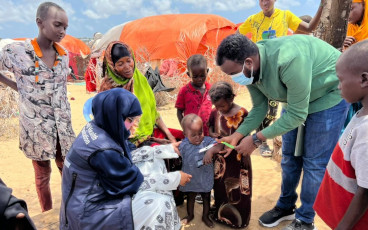Comprehensive outbreak response successfully stops spread of polio in Tajikistan
An outbreak response assessment led by WHO on 11 to 15 April 2022 concluded that poliovirus is no longer circulating in Tajikistan, and thereby recommended official closure of the outbreak that started in January 2021.
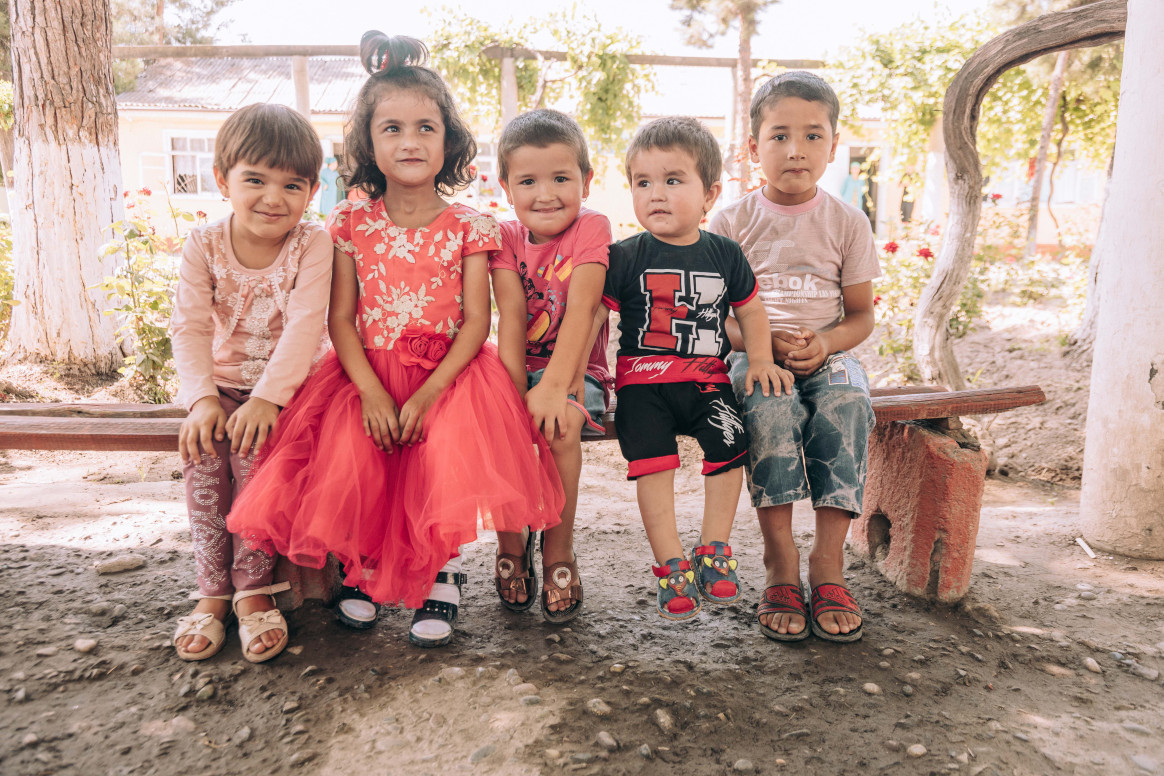
Infectious diseases like poliomyelitis (polio) know no borders. Importation and subsequent spread of the virus led to the paralysis of 34 children, and 26 others tested positive without developing symptoms of paralysis. Extensive immunization efforts began in February 2021, and no child, adult or environmental sample in Tajikistan has tested positive since August 2021.
The outbreak in Tajikistan marked the first detection of circulating vaccine-derived poliovirus type 2 (cVDPV2) in the WHO European Region. It is now the first cVDPV2 outbreak in the world to be declared officially closed following supplemental immunization using the novel oral polio vaccine type 2 (nOPV2).
The Region has been free of endemic poliovirus since 2002. Detection of just 1 case of polio – whether from a wild or vaccine-derived poliovirus – is considered an outbreak, and requires an immediate and comprehensive response.
“Tajikistan’s success in stopping this outbreak is a major achievement and a clear demonstration of the highest level of political commitment of the Government of Tajikistan,” says Dr Hans Henri P. Kluge, WHO Regional Director for Europe.
“This outbreak and the subsequent response came at a time when the health system was already overstretched by the COVID-19 pandemic and the country was mounting a massive COVID-19 vaccination drive. Both outbreak responses had to be done without disrupting the vitally important provision of other routine vaccines to children. We acknowledge the efforts of the Ministry of Health over the past several years, which resulted in a resilient immunization system able to successfully manage all these competing immunization priorities.”
Actions taken to stop the outbreak
Following confirmation of the outbreak, the Ministry of Health and Social Protection of the Population took immediate steps, with support and guidance from WHO and other Global Polio Eradication Initiative partners. Actions included enhanced poliovirus surveillance, intensive contact tracing and a thorough review of immunization coverage at subnational levels. A rigorous risk assessment was conducted to determine the outbreak response scale and choice of vaccine, and the country rapidly completed a comprehensive verification process for readiness to use the nOPV2 vaccine.
In February 2021, a high-quality nationwide inactivated polio vaccine campaign was conducted to close the immunity gap against poliovirus type 2 among the more than half a million children born from 2016 to 2018 who had been left vulnerable as a result of global inactivated polio vaccine (IPV) supply constraints following cessation of trivalent oral polio vaccine use.
From June to September 2021, 2 nationwide and 1 subnational nOPV2 immunization rounds were implemented for all children under 6 years of age, with coverage confirmed (through external assessment) to be greater than 95%. Extensive social mobilization and communication strategies were deployed to reach groups who were at risk of being missed, including internal migrants in urban areas and unregistered children.
Assessment of the outbreak response
Several criteria must be met to officially close an outbreak, including at least 6 consecutive months in which no poliovirus is detected. The independent experts of the Global Polio Eradication Initiative who conducted the assessment in Tajikistan also looked at the performance of routine polio vaccination, the coverage achieved during the supplemental immunization rounds, and the capacity and sensitivity of the polio surveillance system to detect any poliovirus circulation.
Following the thorough assessment, which included briefings at the national level and field visits to national referral hospitals, public hospitals, polyclinics, regional and district immunization programme offices, and public health centres, the team recommended closure of the outbreak.
nOPV2 – a new chapter in global efforts to eradicate polio
Ending this outbreak using nOPV2 is an important milestone for the global polio programme. The innovative vaccine is a key part of the new strategy to stop cVDPV2s. Clinical trials show that nOPV2 is safe and effective, and more genetically stable than the traditional type 2 oral polio vaccine.
Since the rollout of nOPV2 began in March 2021, over 265 million doses have been administered across 14 countries. The majority of countries using the vaccine have also managed to stop transmission of cVDPV2; however, this is the first official closure of an outbreak to take place following nOPV2 use.
In addition to successfully halting transmission and lowering the risk of infection for millions of people, Tajikistan contributed to global research on nOPV2 with the support of WHO through an nOPV2 immunogenicity study. The country also participated in a global vaccine wastage study.




